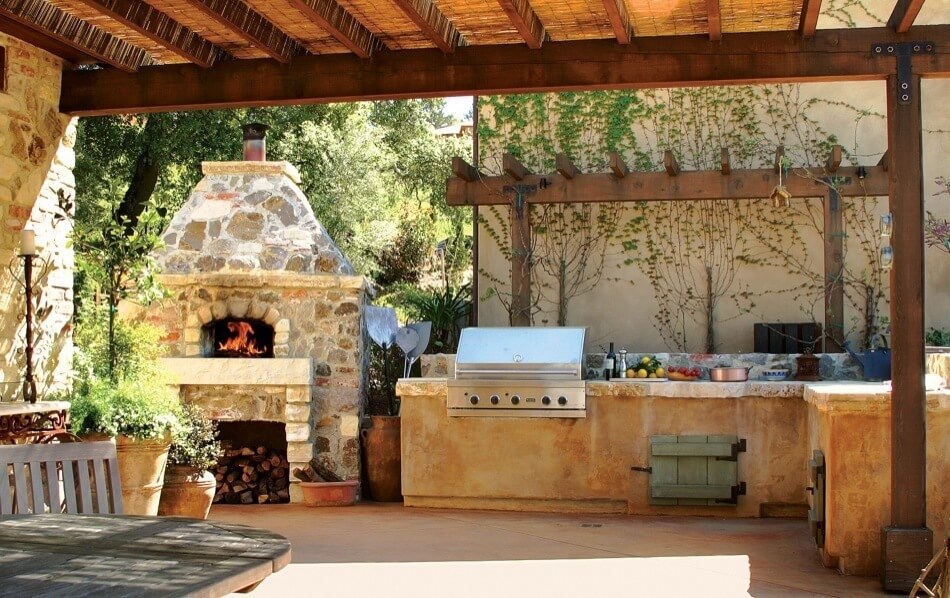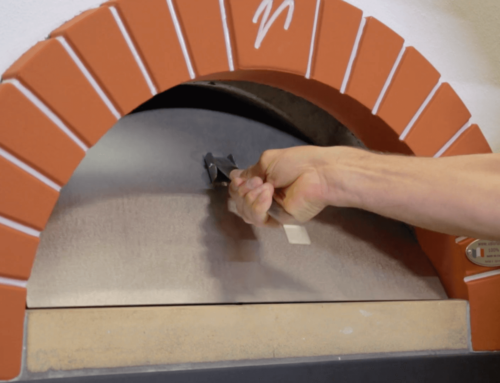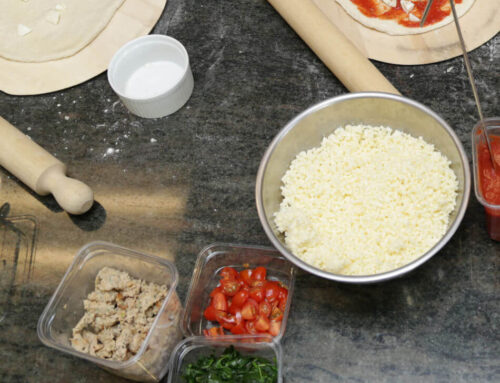Water Intrusion and Subsequent Oven Component Damage
Water is the enemy of masonry. If your oven floor and overhead crown elements have taken on water over an extended period of time, and this is left untreated, they could ultimately deteriorate in the form of spalling (identified by the crumbling or flaking of the surface).
There are two main signs that your oven is getting wet.
- Efflorescence, which is the appearance of whitish powdery buildup on the surface of your oven components. These are water-soluble salt crystal deposits, so this indicates that there is water in the components that has dissolved and transported these salts to the surface where you can seen them.
- Water spotting and discoloration on the interior of your oven crown and or floor elements. This is evidenced by darker spots (example – when cement gets wet). This could indicate that the components have absorbed moisture.


These do not mean your oven is damaged! Look at it as a sign that you need to dry out your oven (start low fires in the bake chamber to bake the water out of the masonry) and then identify and resolve the cause.
In addition to providing the architecture and design, your oven’s enclosure walls containing the oven components and insulation is required to isolate and protect the cooking elements (oven floor and overhead crown elements) and insulation (blanket and perlite) from moisture.
Periodic inspection of the enclosure is recommended to ensure that your oven’s enclosure does not have a breech allowing moisture to infiltrate.
Checklist
- Check for cracks in any mortar joints between stones or brick or cracks from a finish material that did not bond well. If you have a stucco finish check for cracks in this as well.
- Check to be sure there is not standing water anywhere on the top of your roof – especially flat roof enclosures.
- Check for water migrating into the oven from the shelf at the oven’s opening. Remember your finish shelf should fall slightly away from the oven to prevent this.
- In geographic areas of high rain and snow load it is advised to use a storm door positioned in front of the ovens arch opening. This will help keep the melted snow or excessive rainfall from draining into the oven.
- If you have a Terra Cotta brick arch check that water is not getting in behind the arch. If the arch gets wet and then the water freezes and expands, it can fracture the brick.
- Inspect your chimney pipe to be sure there is not water coming in through the very top (Mugnaini recommends a chimney cap), around the flashing or storm collar.





